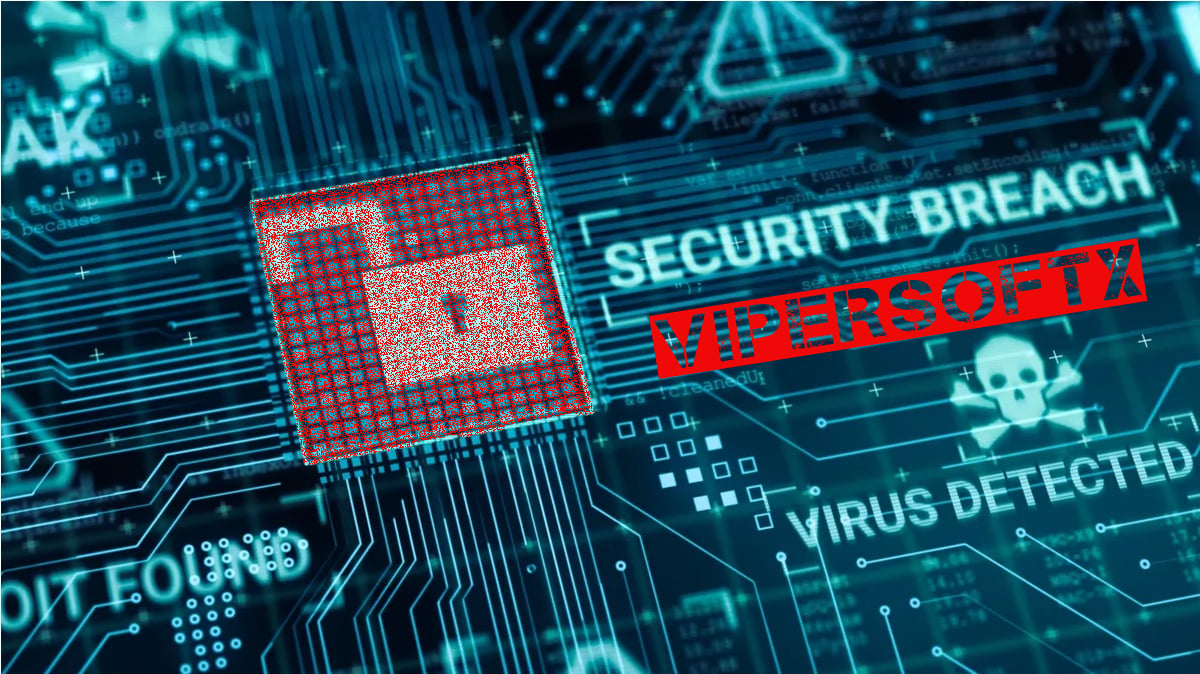
ViperSoftX Malware Expands Targets to Include Password Managers in Information Theft Scheme
The ViperSoftX malware, known for stealing information primarily related to cryptocurrencies, gained notoriety in 2022 for hiding malicious code within log files.
However, since its initial discovery in November, the malware has evolved to include the use of DLL sideloading for its arrival and execution, along with a more sophisticated encryption method of byte remapping and monthly rotation of command-and-control servers. This new update makes decryption and analysis of the shellcode more challenging for analysts, as the correct byte map is necessary for proper decryption.
Researchers from Trend Micro have recently reported that ViperSoftX, an information-stealing malware that was first discovered in 2020, has expanded its focus beyond just cryptocurrencies. The malware is now targeting additional cryptocurrency wallets and browsers such as Brave, Edge, Opera, and Firefox, as well as password managers.
The latest version of the malware also features stronger code encryption and new evasion techniques to bypass security software. According to Trend Micro’s analysis, the malware has affected both the consumer and enterprise sectors, with the majority of the victims located in the US, Japan, Italy, Taiwan, Australia, Malaysia, Taiwan, France, and India.
According to the analysts’ findings, the malware usually enters systems disguised as benign software such as software cracks, activators, or key generators.
Avast’s documentation of the version revealed that VenomSoftX had aimed for various cryptocurrency wallets such as Binance, eToro, Kucoin, Blockchain, Coinbase, Kraken, and Gate.io.
Trend Micro’s report highlights that ViperSoftX has become more concerning, as the malware is now targeting two password managers, specifically 1Password and KeePass 2, in an effort to extract sensitive data saved within their browser extensions.
The latest version of ViperSoftX includes anti-detection, anti-analysis, and stealth features such as DLL sideloading, virtualization and monitoring tool checks, byte mapping encryption, and a new communication blocker to avoid C2 infrastructure analysis and detection.

 Previous Story
Previous Story

 Latest articles
Latest articles 

Leave a Comment
Cancel